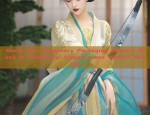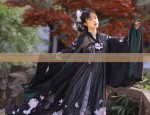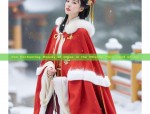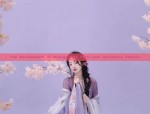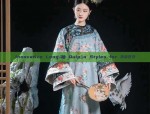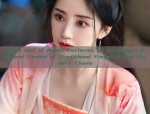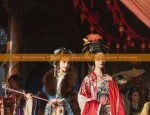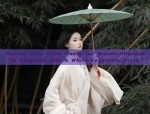Hanfu in the Han Dynasty:A Journey into the Cultural Splendor of Ancient Chinese Fashion
In the annals of history, the Han Dynasty stands out as a pivotal period in Chinese civilization, not only for its political and economic advancements but also for its rich cultural expressions, including the distinctive fashion of Hanfu. This article delves into the essence of Hanfu, the traditional clothing worn during the Han Dynasty (206 BC – 220 AD), and its profound impact on the cultural landscape of ancient China.
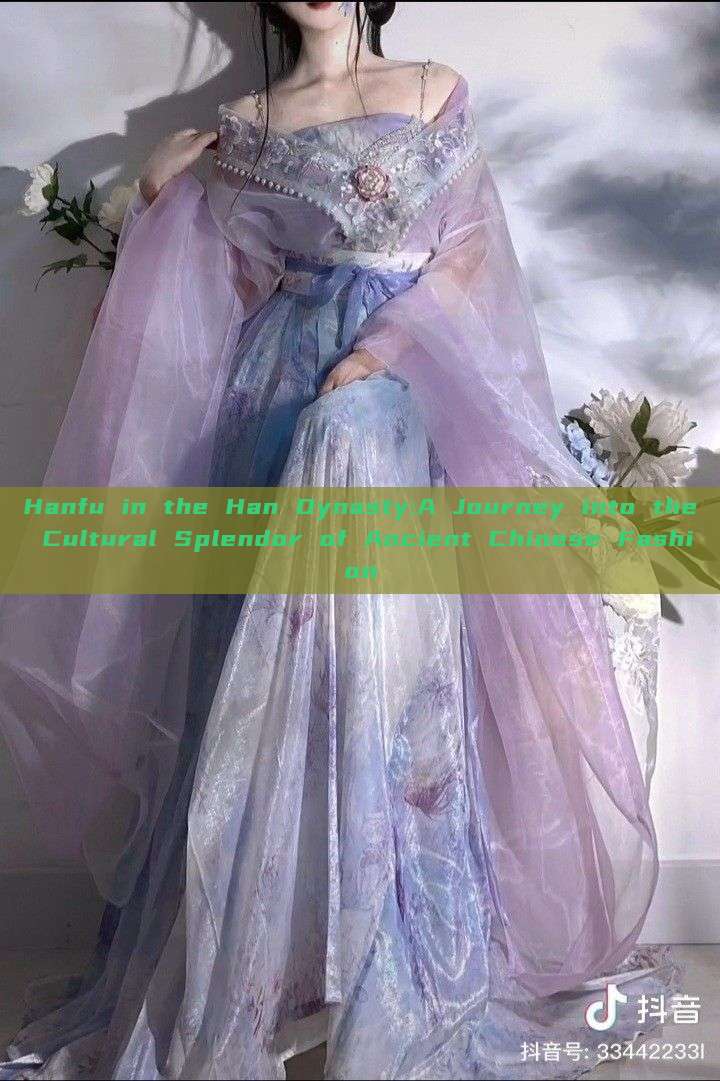
The Hanfu, originating from the Zhou Dynasty’s deep-rooted cultural traditions, emerged during the Han era with a distinct identity and profound symbolism. It was not merely a garment; it was an embodiment of philosophy, rituals, and societal norms. The design of Hanfu emphasized balance, symmetry, and simplicity, reflecting the philosophical principles of harmony and unity.
The typical Hanfu consisted of an upper garment called a cháng (裳), which was usually quite long and flowed gracefully with movement, and a top called a shàn (衫), which was often loose-fitting and featured intricate patterns and designs. These garments were often made from silk, a material that was highly prized for its elegance and durability. The color of Hanfu also held significant meanings, often reflecting the wearer’s status or the occasion.
The design elements of Hanfu were closely linked to the cultural practices of the time. For instance, the use of broad sleeves in Hanfu was influenced by the belief in the importance of rituals and ceremonies. These sleeves offered a platform for displaying exquisite embroidery and other forms of artistry, which were considered essential for social expression and status display.
Moreover, Hanfu reflected the societal norms and values of the era. It was customary for women to wear robes that emphasized their figure, while men’s clothing was designed to exude a sense of dignity and authority. The intricate patterns and designs on Hanfu also held deep cultural meanings, often symbolizing prosperity, harmony, or other virtues.
During the Han Dynasty, Hanfu underwent several iterations and variations, adapting to changing social norms and fashion trends. For instance, as foreign cultures and influences entered China through trade and diplomacy, Hanfu began to incorporate new design elements and materials. This fusion of cultures resulted in innovative styles that were both traditional and modern, reflecting the dynastic era’s openness to new ideas and influences.
The influence of Hanfu on Chinese culture is immeasurable. It not only influenced fashion but also contributed to the development of other cultural expressions such as art, literature, and music. The beauty and symbolism of Hanfu were often praised in ancient literary works, further enhancing its status as a cultural icon.
Today, Hanfu continues to inspire people worldwide, not just in China but also in various parts of the world where Chinese culture has a significant influence. It is seen as a symbol of cultural heritage and tradition, attracting people who are interested in traditional Chinese culture and history.
In conclusion, Hanfu is not just a piece of clothing; it is a testament to the rich cultural history of China. It embodies the philosophy, rituals, societal norms, and artistic expressions of the Han Dynasty, making it a focal point for understanding ancient Chinese culture. The legacy of Hanfu continues to inspire people worldwide, reminding us of the beauty and depth of Chinese cultural heritage.
This article aims to delve into the essence of Hanfu in the Han Dynasty, explore its design elements, societal significance, historical evolution, and influence on modern culture. It provides a journey into the cultural splendor of ancient Chinese fashion, highlighting the beauty and richness of Chinese cultural heritage.

 Previous Post
Previous Post

